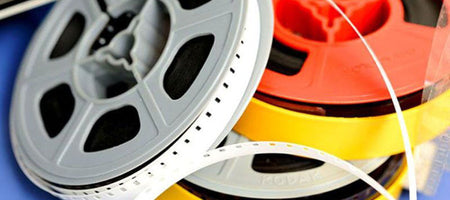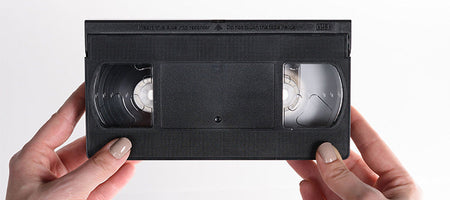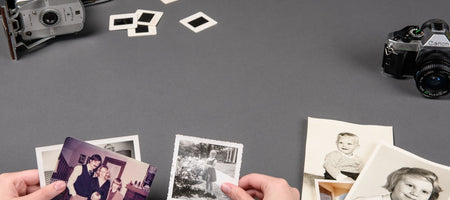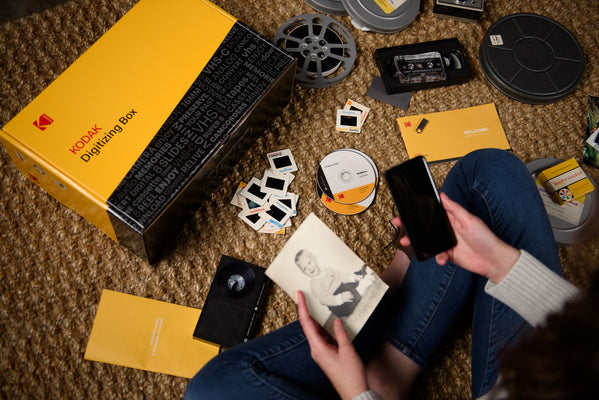Back in the 80s and 90s, one surefire way fathers everywhere kept their dad bod physiques was through weekly sessions at the local YMCA -- and by lugging around big, bulky camcorders to every event under the sun. Baseball games, dance recitals, family vacations, picnics at the park …
...you name it, dad was slogging that camcorder around for quality shoulder reps.
Besides being a free weight to strengthen those deltoids, the camcorder was amazing for capturing all those old, candid home video moments, but who do we have to thank for the exercise in nostalgia? And when did it first hit the workout … I mean, the film industry scene?
Bringing intention behind the invention
The camcorder was invented by Jerome Lemelson back in 1980 when he received his first patent for the device that would change the home film industry forever. Turns out, Lemelson was just a video and audio recording enthusiast as he would go on to invent or at least have a hand in inventing more than 500 video recording devices in his lifetime – everything from the VCR, Sony Walkman, cordless phone, fax machine and more.
But yes, among his 500+ devices, one of his most infamous was likely the camcorder, which grew from a patent in 1980 to a full-blown device for sale in 1982.
But, what spurred the creation of the camcorder?
What inspired Lemelson to go to the drawing board and create the first camcorder?
Turns out, it’s probably a couple of things.
First, in 1982, JVC had just introduced the VHS-C format tape, a much smaller, more compact version of the traditional VHS tape. This was remarkable because the VHS was a brand-new recording format release not even five years earlier. Second, Sony had just released its own video recording device, the Betacam. A device that cameramen would end up using for both shooting the news and in-studio video editing.
So, with the invention of the CAMera/recorder (aka camcorder), the race was on for perfecting and improving the freshly released recording devices. By 1983, Sony introduced the 8mm video recorder format. Two years later, it released the first chip-based camcorder, the Video 8. This trend of improved camcorders continued between rival companies throughout the remainder of the 80s and 90s with the introduction of the Hi8, Digital 8, MiniDV, MicroMV and more.
In 1992, the first color LCD screen was introduced on handheld camcorders, erasing the need to squint uncomfortably through the tiny viewfinder. By the late 90s/early 2000s, digital camcorders had replaced the need of its analog predecessors thanks to memory cards and file sharing. And now, the entire camcorder industry has been replaced by a smart device so small that it fits in our pockets, makes phone calls, accesses the internet, plays music and games, and so much more.
So, what innovative recording device will the next Jerome Lemelson invent? Guess we’ll just have to stay tuned to find out.
In the meantime, if you have a box full of old camcorder tapes that you’d like to preserve, send them in today to be professionally digitized. The camcorder might have died, but we can help the footage on them live on forever.













